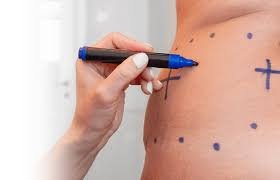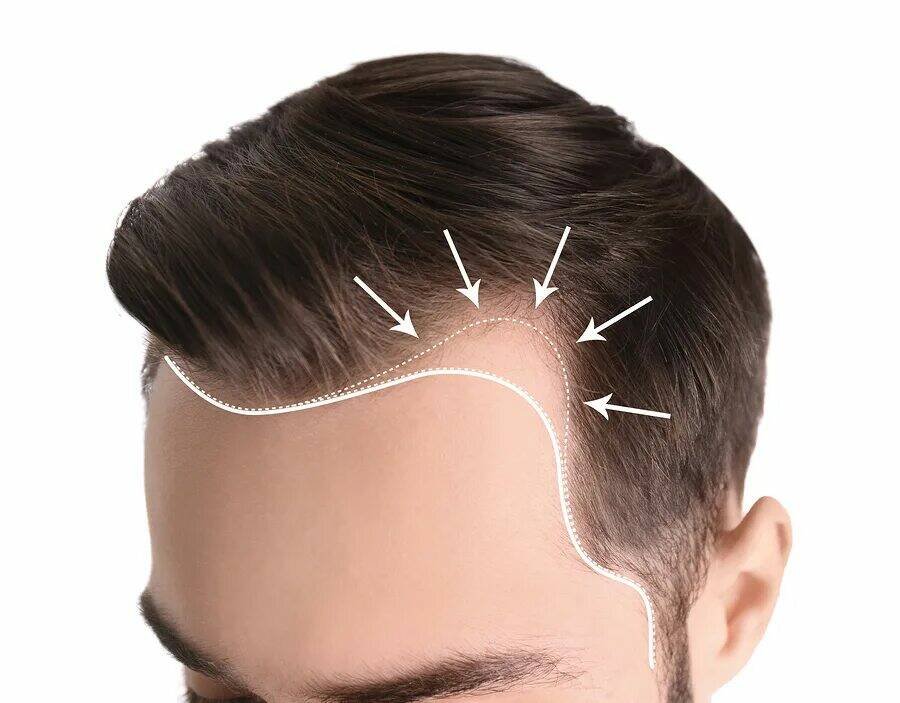Rejuvi tattoo removal is a popular alternative to traditional laser tattoo removal. It uses a unique process that involves injecting a special solution into the skin to remove unwanted tattoos. Although it is generally considered a safe method for tattoo removal, like any cosmetic procedure, it comes with the potential for side effects. Understanding the possible side effects of Rejuvi Tattoo removal(إزالة الوشم بالليزر) can help you make an informed decision about whether this procedure is right for you. In this article, we will explore the common side effects and how to manage them effectively.
How Rejuvi Tattoo Removal Works?
Rejuvi tattoo removal is a non-laser method that uses a tattoo removal cream injected into the dermis, the layer of skin where the tattoo ink resides. This cream reacts with the tattoo pigment, forming a scab that lifts the ink to the surface, where it eventually fades away. Unlike traditional methods, Rejuvi does not rely on laser energy, which can sometimes cause damage to the surrounding tissue. While this can offer a more gentle alternative, it’s important to understand that every procedure has its own set of risks.
Key Steps in the Rejuvi Removal Process:
- Injection of Rejuvi Solution: The specialized solution is injected directly into the skin where the tattoo resides.
- Formation of Scab: Over time, the treated area will form a scab, which carries the ink and pigment to the surface.
- Healing: As the skin heals, the scab eventually falls off, taking the tattoo ink with it, leaving the skin clear.

Common Side Effects of Rejuvi Tattoo Removal:
While Rejuvi tattoo removal is generally safe, there are several potential side effects that you should be aware of. These can range from mild irritation to more serious complications, though they are typically temporary and resolve with proper care.
Swelling and Redness:
- Common Reaction: Swelling and redness are the most common side effects immediately after the procedure. The body’s natural inflammatory response is triggered as part of the healing process.
- Management: Applying a cold compress can help reduce swelling and provide relief. Over-the-counter anti-inflammatory medications may also assist with discomfort.
Pain or Tenderness:
- Slight Discomfort: Some individuals may experience pain or tenderness in the treated area during and after the procedure. This is due to the injection of the Rejuvi solution and the healing process.
- Management: Pain can often be alleviated with mild pain relievers like ibuprofen or acetaminophen. Most discomfort should subside within a few days.
Scabbing and Crusting:
- Normal Part of the Process: After the injection, the skin will form a scab as it heals and the ink is gradually pulled to the surface. This scabbing process is a crucial step for effective tattoo removal.
- Avoid Picking: It’s important to avoid picking or scratching the scabs, as this can lead to scarring or infection. Let the scab fall off naturally as the skin heals.
Less Common but Serious Side Effects:
While rare, some individuals may experience more serious side effects after Rejuvi Tattoo removal. It’s essential to monitor the treated area and seek medical attention if any of these complications arise.
Infection:
- Risk of Infection: As with any procedure that involves breaking the skin, there is a risk of infection. This can occur if bacteria enter the wound or if the scab is picked prematurely.
- Symptoms to Watch For: Symptoms of infection include increased redness, swelling, pus, or warmth around the treated area. If any of these signs appear, it is essential to contact your healthcare provider immediately.
Hyperpigmentation or Hypopigmentation:
- Changes in Skin Color: One of the potential side effects of Rejuvi tattoo removal is a change in the skin’s pigmentation. This can either result in hyperpigmentation (dark spots) or hypopigmentation (light spots).
- Temporary in Most Cases: These color changes are typically temporary and should resolve as the skin heals. However, in some cases, they can be permanent. Using sunscreen and following aftercare instructions can help minimize these risks.
Scarring:
- Risk of Scarring: As the skin heals after Rejuvi tattoo removal, there is a risk of scarring, especially if the scab is disturbed. Improper aftercare or excessive irritation can increase the likelihood of permanent scarring.
- Prevention: To reduce the risk of scarring, follow your practitioner’s aftercare instructions carefully. Keep the area clean, moisturized, and protected from direct sunlight.
How to Minimize Side Effects?
While side effects are a natural part of the healing process, there are steps you can take to minimize discomfort and promote better healing.
Follow Aftercare Instructions:
- Caring for the Area: Proper aftercare is crucial to minimize side effects. This includes cleaning the treated area gently with mild soap and water, applying any recommended creams or ointments, and avoiding direct sunlight.
- Hydration: Keeping the skin hydrated will help prevent excessive dryness and scabbing, which can reduce irritation and discomfort.
Avoid Scratching or Picking at Scabs:
- Let the Scab Fall Off Naturally: Picking or scratching at the scab can disrupt the healing process and lead to scarring or infection. Allow the scab to fall off naturally to ensure the best outcome.
- Use Soothing Creams: If the area becomes itchy, use soothing creams or lotions that your practitioner recommends to reduce irritation without disturbing the healing process.
Use Sunscreen:
- Protect from UV Exposure: Sun exposure can exacerbate side effects like hyperpigmentation or hypopigmentation. Apply a broad-spectrum sunscreen with SPF 30 or higher to the treated area to protect it from harmful UV rays.
When to Seek Medical Attention?
Although most side effects of Rejuvi tattoo removal are mild and resolve on their own, there are certain signs that should prompt you to seek medical attention.
Signs of Infection:
- Increased Redness or Pus: If the treated area becomes increasingly red, swollen, or starts to ooze pus, this could indicate an infection. Contact your healthcare provider if you notice any of these symptoms.
- Fever: A fever following the procedure can be a sign of infection and should be addressed promptly.
Severe Pain or Discomfort:
- Uncontrolled Pain: If you experience significant pain that cannot be relieved with over-the-counter medications, it may be a sign that something is wrong. Contact your practitioner for advice.
- Extreme Sensitivity: Extreme tenderness or sensitivity that doesn’t improve with time could also signal a complication that requires medical evaluation.
Conclusion:
Rejuvi tattoo removal can be an effective way to erase unwanted tattoos, but like any cosmetic procedure, it comes with potential side effects. Most side effects, such as swelling, redness, and scabbing, are temporary and can be managed with proper aftercare. However, more serious complications like infection, scarring, or changes in pigmentation can occur in rare cases. By following your practitioner’s aftercare instructions, avoiding sun exposure, and seeking medical advice when necessary, you can minimize the risks and achieve the best possible outcome. If you are considering Rejuvi tattoo removal, be sure to discuss all potential side effects with your healthcare provider to make an informed decision.



